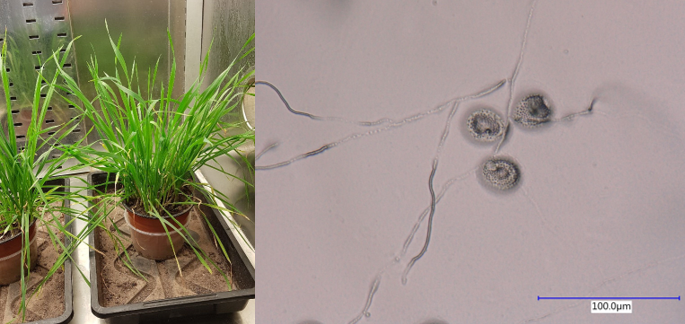WHAT IS SSS?
The Sentinel Sensor Systems (SSS) project is working to demonstrate the proof-of-concept for a stereo-printed sensor surface capable of detecting viable, air borne (aerosol or insect), fungal or viral pathogens. The project will demonstrate this proof-of-concept for fungal pathogens with the aim of translating it to a real-time, low-cost crop risk sensor. This sensor will be the core component in the development of a defence network against yellow rust in wheat. Rust is responsible for devastating wheat crops in countries like Ethiopia where it destroyed over 50% of the country’s wheat in 2013. The creation of national surveillance and early warning programs using a sensor system would help avoid these widespread losses of wheat crops in future years.
WHAT ARE ITS AIMS?
The project has one main research aim:
- To prove that artificial material can be engineered with suitable biological triggers to effect a visual or electrical change that may then be detected by a low-cost imaging or capacitive transducer
WHO IS DELIVERING SSS?
- University of Manchester
- International Maize and Wheat Improvement Center (CIMMYT)
- National Institute of Agricultural Botany (NIAB)
- North Carolina State University
- University of Cambridge

Professor Bruce Grieve
Project dates:
2019–2021
Crop(s):
Wheat
Project focus location(s): East Africa, notably Ethiopia

